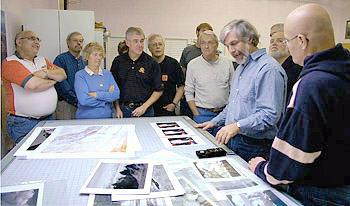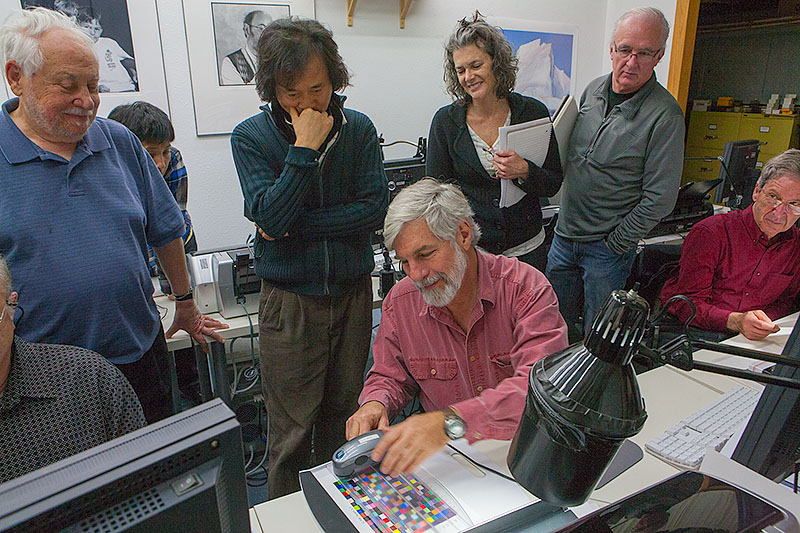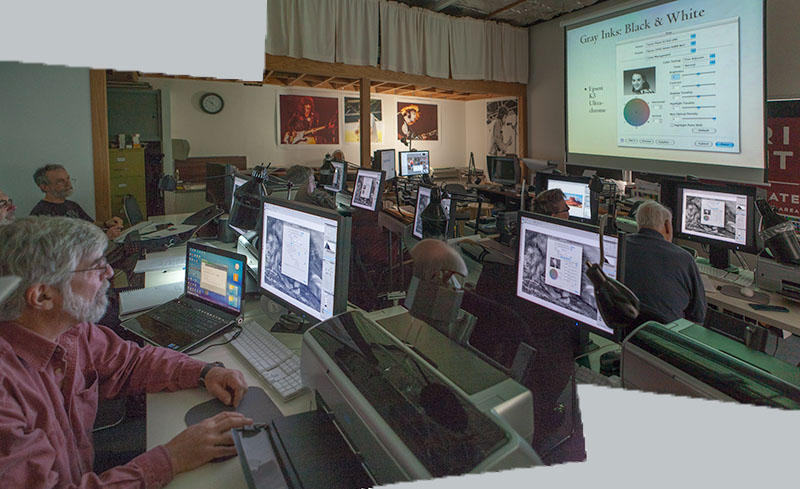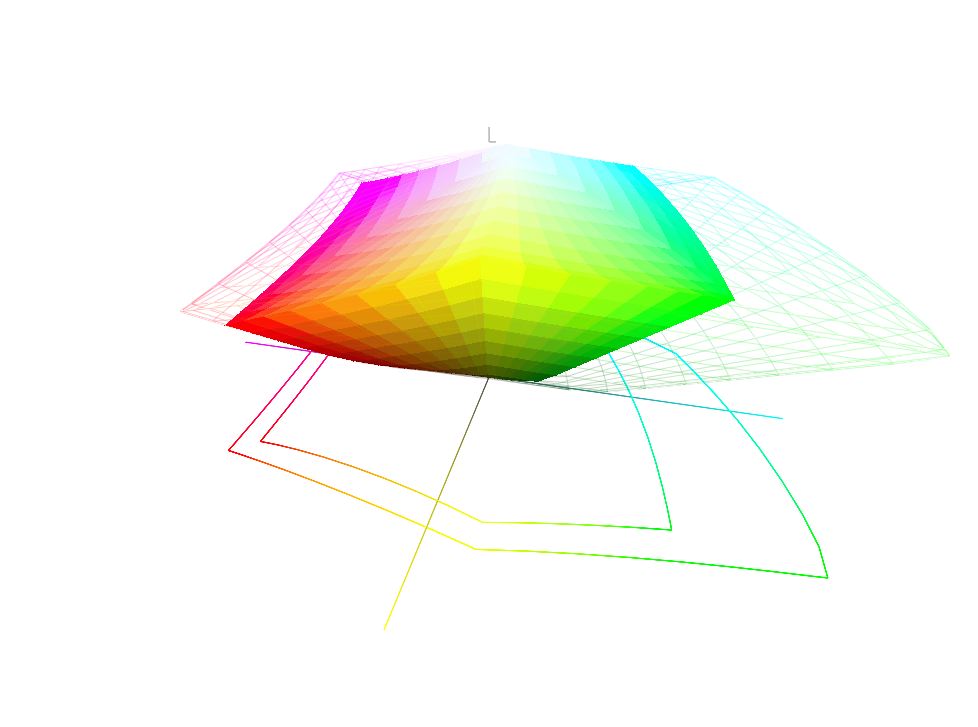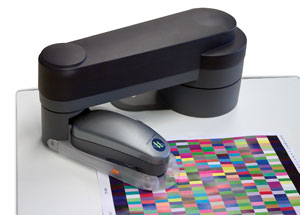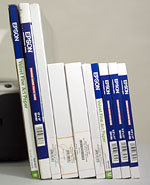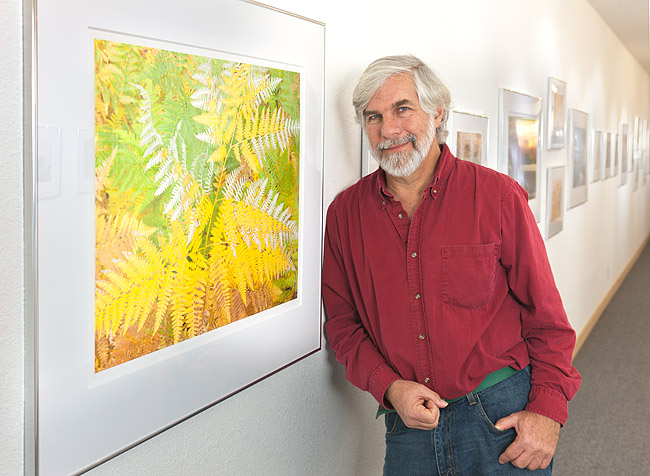Tuition for Virtual Class, and free Custom Printer Profile: $650
This is a two day virtual adaptation of our Raw to Print weeklong workshop and our Hands-on Fine-Art Printing class. This workshop is designed to help during the pandemic so digital photo development, editing and printing help can still be offered. We will use Zoom as our presentation tool.
After class sessions will include additional assistance on workflow, aesthetics, mail in print critiques, and a custom profile for your printer.
Get guidance on your raw processing, your photo editing and give tangible physical existence to your photographs and create the only lasting form of your work, fine-art prints, as beautiful hand-made renderings.
This workshop focuses on improving your workflow all the way through to fine-art digital printing. Concentration will be Raw capable cameras, careful editing and on inkjet printing with color pigments and black/gray ink combinations on coated and rag papers. Learn from the digital pioneer how he obtains his impressive results during two days of lectures, Q&A.
A custom profile of your printer is included in the workshop fee.
When:
October 30-31, 2021
Where:
Virtual from Stephen Johnson Studios & Gallery
Address: 1220-C Linda Mar Boulevard
Pacifica, CA, 94044 United States
Full-time Photo Student Scholarship
Sign Up by Phone: 650 355-7507
Can't make the date, tell us when you can.
back when we could meet in-person
Topics Include
Raw Processing
Image Edting in Photoshop
Digital Printing Technologies
Monitor Calibration
Color Management and Profiles
Profile Creation
Fine-Art Papers
Print Aesthetics in a Digital World
Fine-Tuning the Print to Beauty
Print Lighting
This Workshop is limited to 6 people (all students get special attention).
Students from all across the country come in for this class....
Great Teaching
Real World Experience
Individualized Instruction
A scene from the June 2015 class.
A full-time photo student tuition scholarship is available for this workshop. To apply, please download the application form and send it to us either by mail or email.
Featuring Hahnemühle Fine Art Papers
We will cover workflow issues to make your photograph the best it can be, color management, correcting color casts, adjustment layers, custom profile generation, editing and inspection. There being no magic bullet to making good prints, the workshop will also explore old fashioned testing, careful color judgments and interactive honing in on the best print possible.
Discussions will also include an exploration of print aesthetics in the digital age - what makes for a beautiful print? - do the new possibilities enhance our notion of what photography can be? - are we merely trying to imitate traditional photographic processes? Papers and their printing problems and advantages will be weighed, as well as their visual qualities.
Workshop Workings
You have your photographs. We help you learn about the details of digital printing, then we help you make prints that reflect your visual aspirations. We'll supply some awesome teaching with the conceptual hurdles of color management, color balance and B&W tonal control left in the dust of former lack of confidence and understanding. These two days and follow-up will make a difference in your printing.
This workshop has expanded our workshop program's exploration of photography's evolution into a digitally based medium, demonstrating the technology and discussing the implications and opportunities of this dramatic change as it relates to prints. We will spend 2 days of intensive virtual instruction, talking through and demonstrating making prints, working them into as near perfection as we can manage, building the skill, aesthetic judgement and sensitivity that seems required to make prints of great beauty. We will then follow up by arrangement to work further at interpreting and processing your files.
Learn The Possibilities
The workshop will concentrate on digital photography's possibility as a fine-arts tool using Macintosh computers, Eizo LCD displays, Adobe's Photoshop, and profiling software such as X-Rite i1Profiler, and Colorbyte Software's ImagePrint RIP. All necessary equipment will be provided during the workshop and will be discussed in non-technical terms. Macintosh computer experience definitely helps, but is not required. Enrollment is limited.
This is an exciting exploration of photography's powerful new digital tools with one of the most knowledgeable artists in the field.
Credit Card Registration by phone 650 355-7507
Student Quotes:
“Just had a “wonderful four days” in Steve’s Printing workshop. “The workshop was satisfying in every way—-and real world —-beginning from how annoying and balky digital devices can be all the way to how superb prints are within the reach and the grasp of mere mortals (like me). The recipe is disarmingly simple: add equal parts of education, inspiration, perspiration, frustration mitigation, insight, excellent technical support and equipment; mix liberally (all meanings); season with a generous spirit and humor and out comes a great four day workshop.”
—George Andros, Los Angeles, California”
“There is no better teacher than Stephen Johnson. YOU are the reason for the workshop and he is passionate about helping YOU become a better photographer. Honest, kind and always willing to help make a Stephen Johnson workshop a remarkable experience. Stephen Johnson is a great photographer- and a greater friend. His love of nature and its beauty will inspire your work.”
—Paul Tornaquindichi, Connecticut”
To Register
Registration fee must be paid in full to secure a spot in the class. Additional information will be sent upon registration.
Call to Register: 650 355-7507.
Register with Credit Card Online
Photo by Bobbi Lane.
Stephen Johnson
A photographer, teacher and designer, Stephen has been teaching and working in photography since 1977. His books include At Mono Lake, the critically acclaimed The Great Central Valley: California's Heartland and Making a Digital Book. He runs his own photography, publishing and design company--scanning and designing his photographic books, pioneering the transition into digital photography including the field use of a Macintosh laptop and digital view cameras.
His work has included With a New Eye, his groundbreaking and historic all digital national parks project, a new book Stephen Johnson On Digital Photography for O'Reilly, ongoing portfolio development and extensive lecturing. Current work features a concentration on flora for his new project, Life Form.
Stephen's pioneering work in digital photography, desktop color separations and digital imaging has included software and product development for clients such as Apple, Adobe, Canon, Eastman Kodak, Foveon, Hewlett Packard, Leaf, Ricoh and SuperMac. His work with Adobe includes the creation of the duotone curves shipped with their Photoshop software.
His photographic clients have included the Ansel Adams Publishing Trust, the Fine Arts Museums of San Francisco, and the Friends of Photography. Johnson's photographs have been widely published and collected internationally.
Apple Computer recognized Steve in 1997 with a ColorSync Profiling Excellence Award along with his good friend Bruce Fraser. In 1999, Folio Magazine declared the publication of Johnson's digital photographs in Life Magazine to be one of the Top 15 Critical Events in magazine publishing in the twentieth century. Stephen Johnson was named as a 2003 inductee into the Photoshop Hall of Fame, recognized for his achievements in Art. Canon named Steve as one of their Explorers of Light in 2006. In 2007 X-Rite named Stephen as a founding member of their exclusive Coloratti group of photographers and educators honored for their skills in color management.
In 1997, Life Magazine described Stephen Johnson as an artist that "...applies science to nature and creates art." His images create "...an intimacy that brings subject and viewer close in ways conventional photographs cannot."
The Photographer’s Gallery wrote in 1998: “Stephen Johnson's photography rides on the "bleeding edge" of photography's transition to a digital media. Schooled in the traditions of fine-art western landscape photography, Johnson has taken his understanding of traditional photographic processes and brought those skills to bear on the emerging technologies and aesthetics of digital photography. He has pushed technology companies to rise to the best of what image making can be, and pushed his own vision of how we see and record light in the natural world. This has led him to conclude that the way we have traditionally captured images with silver-based photography has been a poor and distortive view of the real and rich world before our eyes. His photographs look almost "unphotographic" in their clarity and purity of color. He shows us a world we know, but rarely see on paper. His is a truly remarkable vision.”
Stephen has received numerous awards and grants for his photographic work, including an NEA for At Mono Lake, awards from the Bay Area Book Reviewers Association, the Commonwealth Club of California and the Golden Light Award for the Great Central Valley. The New York Times named the Valley book as one of the eight best photography books of 1993.




